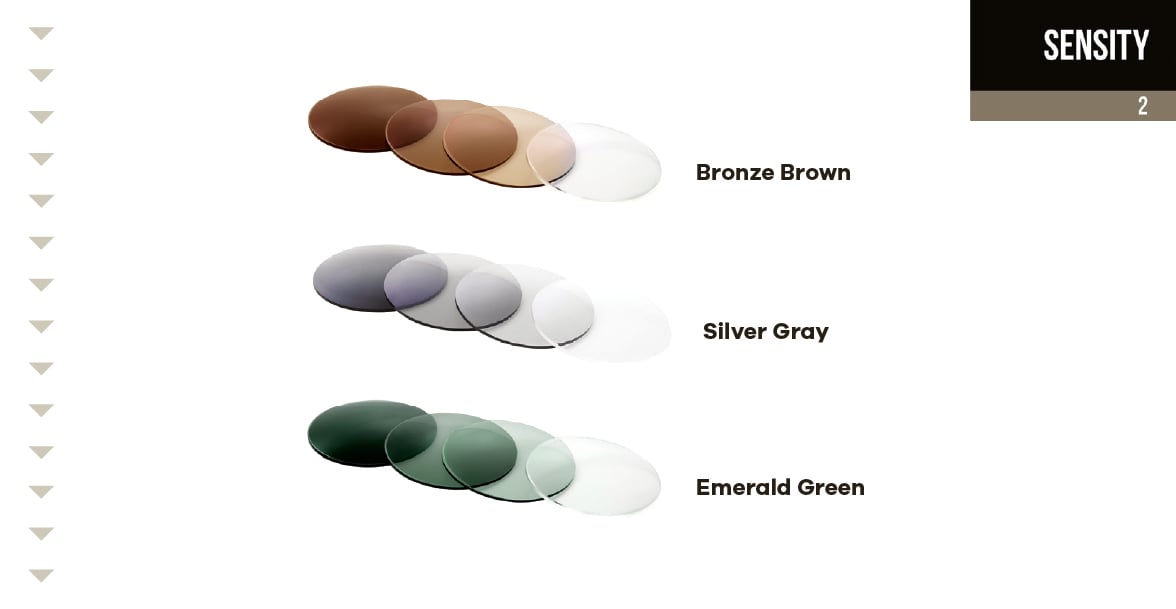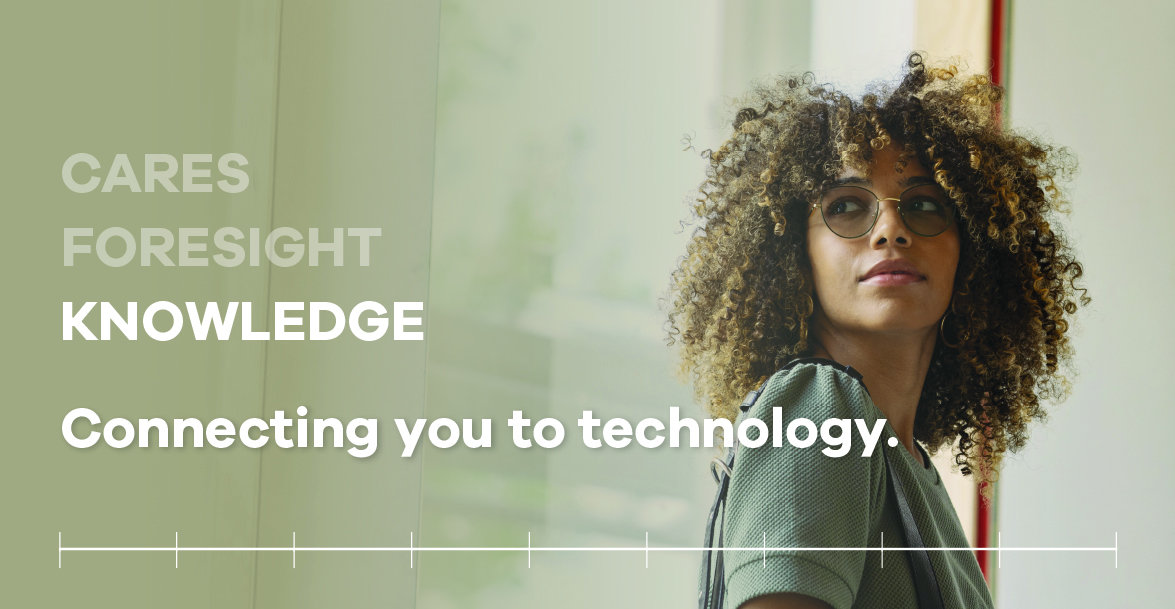Your patients are looking for more convenience and better eyesight rolled into one solution.
As a result, we’re seeing a rise in demand for photochromic lenses– light-reactive lenses that darken upon exposure to certain levels of UV exposure and return to clear indoors.
Very recently, I was able to speak on HOYA’s social channels about the benefits of photochromic lenses for both ECPs and patients alike.
Here’s what we covered.
Photochromic lens technology: then and now
The first photochromic technology was offered for glass lenses in 1966 by Corning. While this technology was a great industry disruption, inconsistencies began to show from one lens to the next, based on lens thickness and prescription.
Over the last several decades, photochromic lenses have come a long way. Advances in lens materials and manufacturing have significantly improved the light-reactive technology and lens quality.
In 2020, the photochromic lens market size was valued at $5.57 billion. Looking ahead at 2028, it’s projected to reach $9.89 billion, growing at a CAGR of 7.36% over the next 7 years.
There is an undeniable opportunity for offices to actively present photochromic through good messaging and strong recommendations, potentially doubling the market share.
Why patients love photochromic lenses
Practitioners tell me that their patients are ultimately attracted to the convenience of the two-in-one solution: sun protection and the easy fade back to clear.
This built-in convenience simplifies the patient’s life, much like sneakers, yoga pants, and denim are convenient for everyday use. Sure, having two pairs will always be more useful, but always having the lenses they need when they need them is the most compelling.
Patients are also attracted to the price benefit: having one pair of frames and lenses that do both rather than having a specialty pair for sunglasses or work and another for clear.
Photochromic for children
Are photochromic lenses a good option for children? The short answer is yes, but of course, the conversation starts with you, the ECP. With increased ultraviolet light exposure overall, children are at risk of damage while they’re outside. Therefore, UV protection and the safety of durable lens materials are ideal and essential for kids.
You may have school-aged patients under myopia management, some of whom wear contact lenses or receive treatment like Atropine. For these young patients, it's even more critical to prescribe lenses that protect against UV rays– lenses that aren’t cumbersome or cause them to remove their glasses throughout the day.
Light-reactive lenses solve this two-fold problem while offering some peace of mind to your patients who are parents.
Photochromic lenses align with the ECP’s mission
The ECP’s core responsibility is the health and protection of the eyes against UV light. And with about 66% of patients claiming they have severe or moderate light sensitivity, the ECP has an opportunity to address this issue directly1.
By actively prescribing photochromics, ECPs can differentiate themselves from the commoditized clear lens market.
The latest photochromic solution: Sensity® 2
We are looking forward to the new lens technology generation that improves HOYA’s existing fade back performance. Sensity® 2 will best serve your patients with busy lives and light-sensitive eyes.
As you’re talking to your patients about sun damage and UV eye protection, key in on these Sensity® 2 benefits:
- 100% UV protection in all light
- 42% faster fade back speed than original Sensity®
- Consistent, cross-climate performance
- Indoor and outdoor blue light protection
- Excellent glare reduction
- Hard coat durability without peeling
This new generation of the Sensity® family doesn’t compromise on style or color perception. Instead, we offer three deep, natural tints developed by color specialists:

Which Sensity® option is suitable for your patients?
There is a Sensity® option for every patient looking for both blue light protection and light-reactive features in their lenses:
- Sensity® 2: Provides all-day comfort for light-sensitive eyes, no matter the climate, season, or lifestyle.
- Sensity® Dark: Engineered for outdoor activities and driving – ideal for an active lifestyle.
- Sensity® FAST: One of the fastest light-reactive lenses, as it rapidly changes from dark to clear, for a seamless experience moving from outdoors to indoors.
- Sensity® Shine: Combines comfort, convenience, and fashion with a mirror coating on a photochromic lens.
Need a little help starting the conversation? Here’s how to communicate the value of prescription sunwear to your patients.
1 Harris Interactive Consumer Market Research Study, Global Report, Nov 2019: Usage Behavior When Outdoors
